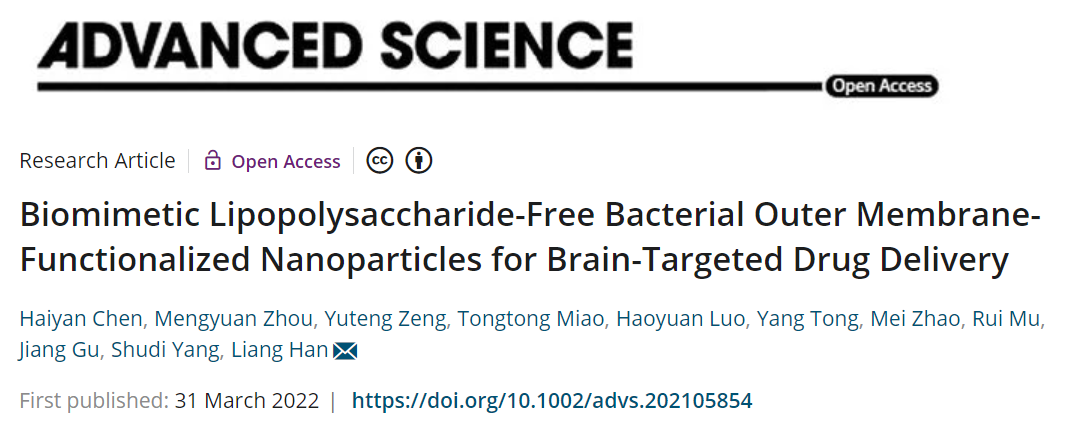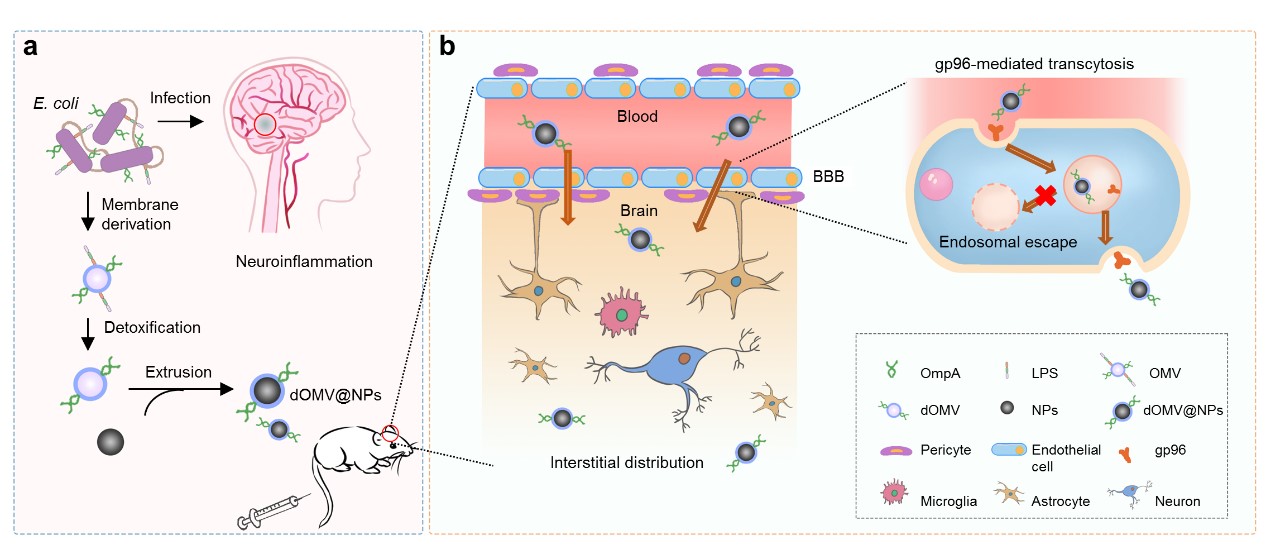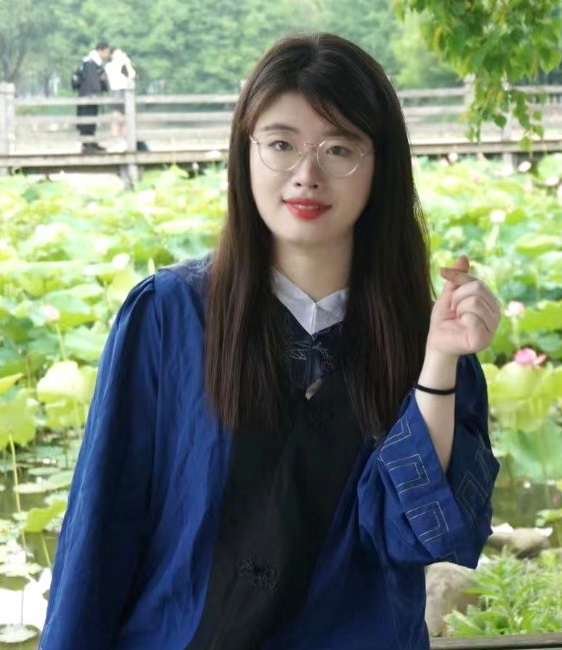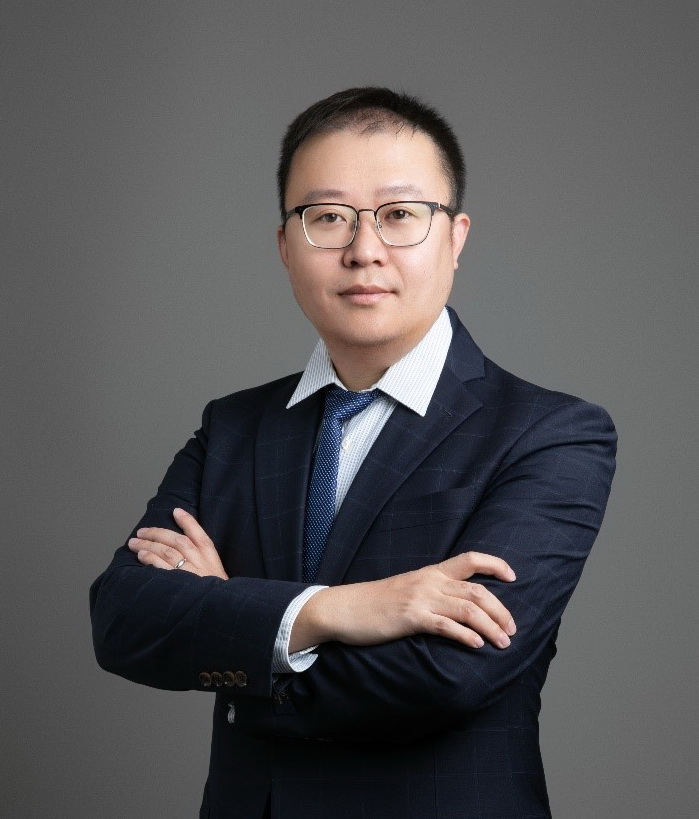Professor Liang Han Published in Advanced Science


The blood-brain barrier (BBB) severely blocks the intracranial accumulation of most systemic drugs. Inspired by the contribution of the bacterial outer membrane of Escherichia coli K1 (EC-K1) binding to and invasion of BBB endothelial cells in bacterial meningitis, we proposed utilizing the BBB invasion ability of the EC-K1 outer membrane for brain-targeted drug delivery. We constructed a biomimetic self-assembled nanoparticle with a surface featuring a lipopolysaccharide-free EC-K1 outer membrane. BBB penetration of these biomimetic nanoparticles is demonstrated to occur through the transcellular vesicle transport pathway, which is at least partially dependent on internalization, endosomal escape, and transcytosis mediated by the interactions between outer membrane protein A and gp96 on BBB endothelial cells. This biomimetic nanoengineering strategy endows the loaded drugs with prolonged circulation, intracranial interstitial distribution, and extremely high biocompatibility. Based on the critical roles of gp96 in cancer biology, this strategy reveals enormous potential for delivering therapeutics to treat gp96-overexpressing intracranial malignancies.

Haiyan Chen is currently a postgraduate at Soochow University. In 2019 she took her bachelor degree in science also at Soochow University. Chen’s research focuses on the bacterial outer membrane vesicles-based brain-targeted drug delivery systems for brain metastases treatment, and related research findings have been published in Advanced Science.

Liang Han is a professor at Soochow University. He obtained his Ph.D. degree at Fudan University in 2012 under the supervision of Prof. Chen Jiang. From 2012 to 2015, he worked at Yale School of Medicine as a postdoctoral associate. Prof. Han’s research focuses on overcoming the blood-brain barrier, and designing and constructing brain-targeting drug delivery systems for therapy of brain diseases including breast cancer brain metastases and Alzheimer’s disease. He has published over 40 peer-reviewed papers in journals, including Advanced Materials, Advanced Science, Advanced Functional Materials, ACS Nano, Small, Biomaterials, Journal of Controlled Release, etc.